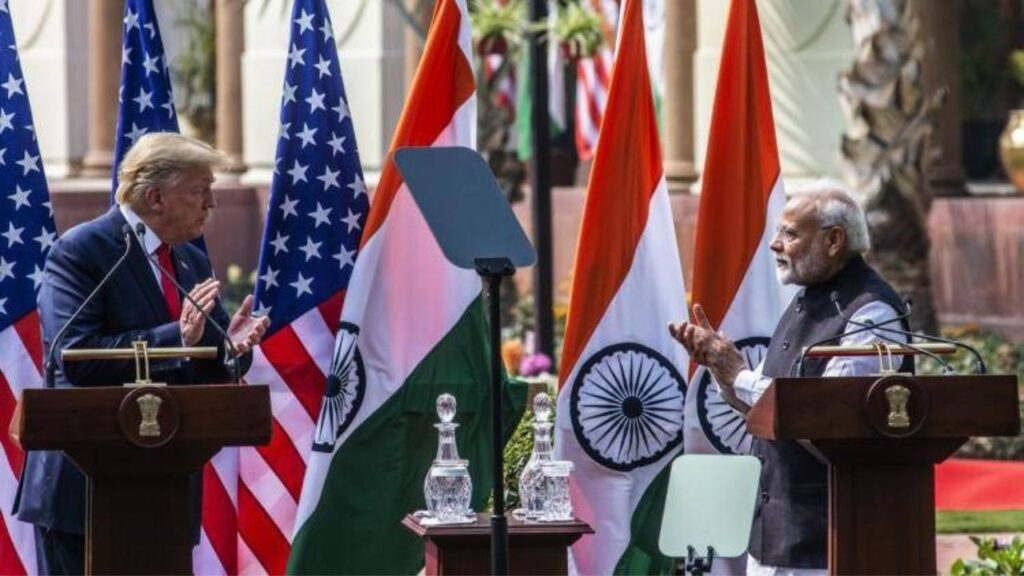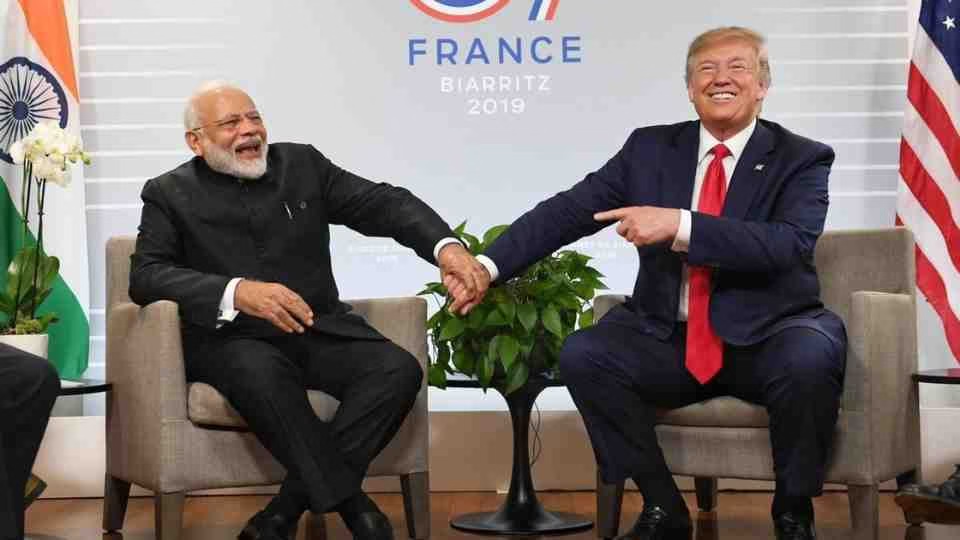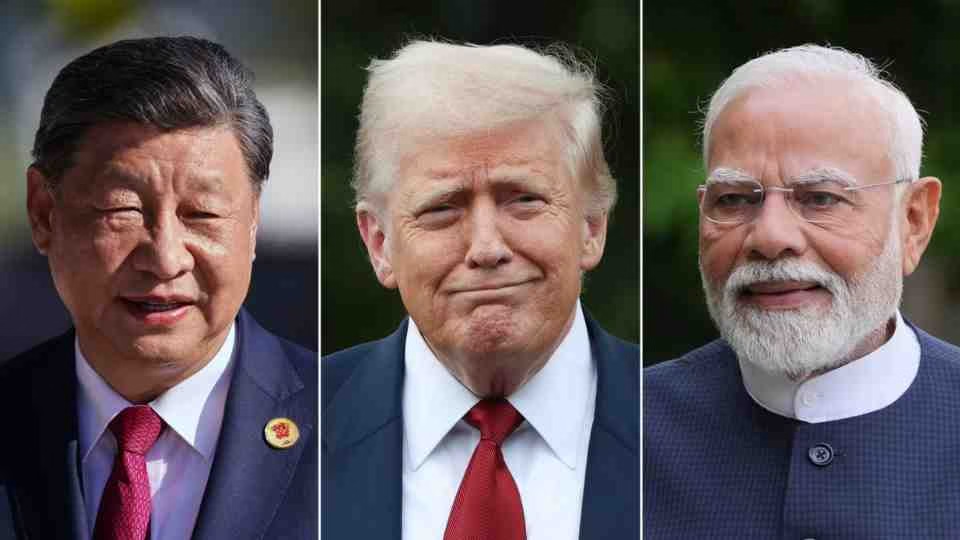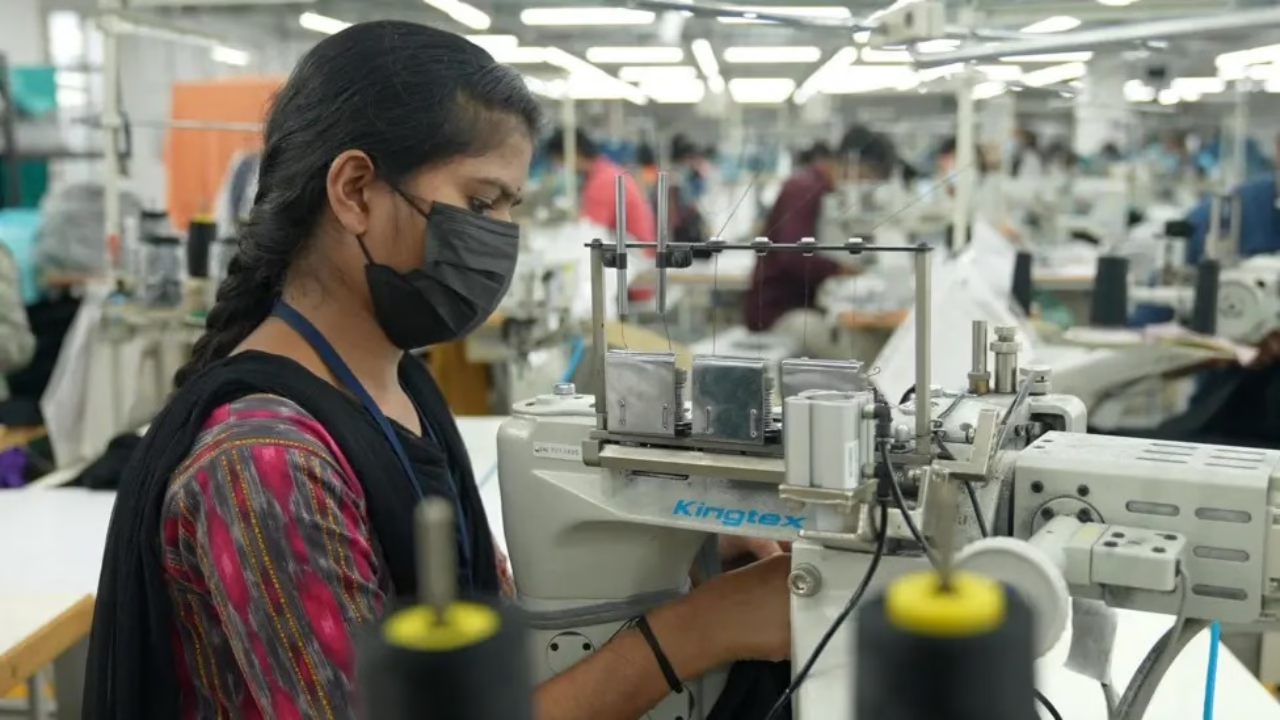India and the United States are working through recent trade policy adjustments as both nations remain committed to deepening their strategic partnership over the coming years.
The Trump administration has implemented new tariff measures on Indian goods – a 25% tariff that took effect on August 7th, followed by an additional 25% tariff scheduled for August 27th. These measures reflect different policy priorities: the first relates to ongoing trade negotiations, while the second connects to broader US efforts regarding the Ukraine conflict.
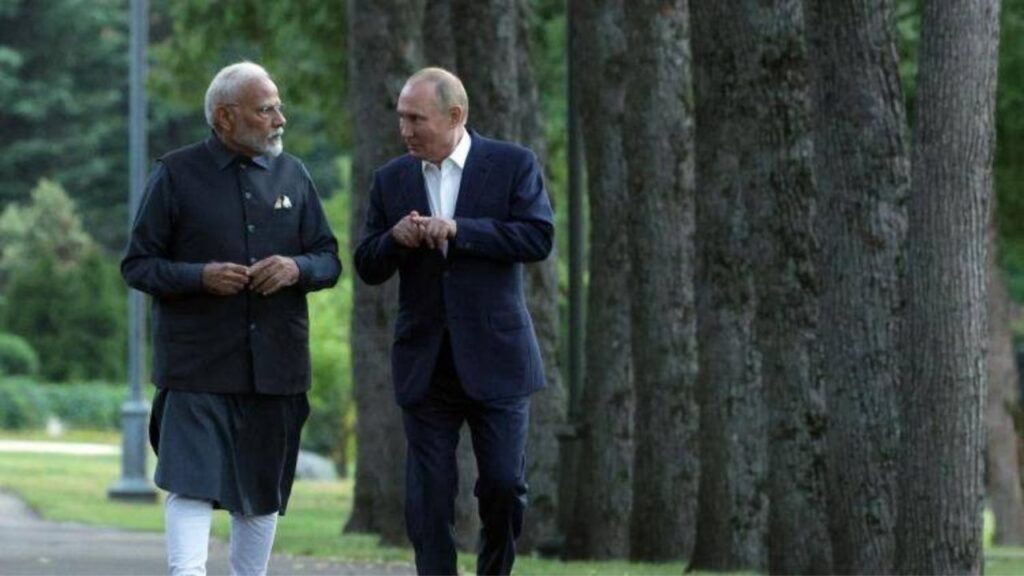
Building on Strong Foundations
The relationship between Prime Minister Narendra Modi and President Trump began the year on a positive note, with Modi being among the first world leaders to visit Washington following Trump’s inauguration. Both leaders share similar economic philosophies and have expressed commitment to expanding bilateral trade, with an ambitious target of reaching $500 billion in annual trade by 2030.
India has demonstrated its commitment to addressing trade imbalances by offering to increase purchases of American products. However, reaching a comprehensive trade agreement has proven complex due to India’s need to protect its agricultural sector, which employs over 40% of the country’s workforce, and addresses cultural considerations around certain imports.

Managing Energy Security Needs
A significant aspect of current discussions involves India’s energy imports from Russia. As the world’s second-largest buyer of Russian crude oil – representing nearly 40% of India’s total oil imports – New Delhi finds itself balancing energy security needs with international diplomatic considerations.
Indian officials emphasize that their energy purchasing decisions are based on economic necessity rather than political alignment, and argue that accessing affordable energy supplies has helped stabilize global markets. India maintains that its diplomatic relationships with various nations don’t constitute endorsements of specific policies or actions.
Pursuing Strategic Autonomy
India continues to pursue what it calls “strategic autonomy” in foreign policy – maintaining constructive relationships with all major global powers while making decisions based on national interests. This approach involves engaging with diverse international partners across different regions and political systems.
President Putin is expected to visit India soon, marking his first trip since February 2022. Additionally, Prime Minister Modi plans to attend the Shanghai Cooperation Organisation summit on August 31st, which will include his first visit to China since 2018. These engagements demonstrate India’s commitment to maintaining dialogue channels with all major global partners.
Modi’s recent conversation with Ukrainian President Volodymyr Zelenskyy reflects India’s efforts to play a constructive role in international affairs while maintaining relationships across the diplomatic spectrum.
Diversifying Partnerships
India has been actively working to diversify both its economic relationships and supply chains. The country recently concluded a free trade agreement with the UK and continues negotiations with the EU and US. These efforts demonstrate India’s commitment to expanding its global economic integration.
In the defense sector, India has been gradually reducing its dependence on any single supplier, with Russian military equipment currently representing about 50% of India’s in-service platforms. The country is actively pursuing partnerships with multiple nations to ensure technological diversity and supply chain resilience.
Looking Forward
The outcome of ongoing diplomatic efforts, including the Trump-Putin meeting scheduled for Alaska this week, may influence future trade policies. A resolution to the Ukraine conflict could create new opportunities for international economic cooperation.
Meanwhile, the sixth round of India-US trade negotiations is scheduled for later this month, offering both sides another opportunity to address outstanding issues and find mutually beneficial solutions.
Enduring Strategic Partnership
Despite current policy adjustments, both nations recognize the fundamental importance of their relationship. The US views India as a crucial partner in maintaining regional balance, particularly in the Indo-Pacific, while India sees America as essential for technology transfer, defense cooperation, and energy sector development.
Even if some tariff measures proceed, over one-third of Indian exports to the US – including pharmaceuticals, electronics, and petroleum products – would remain unaffected. However, sectors like textiles and jewelry manufacturing may face increased challenges.
Modi has made clear that India will continue protecting the interests of its farmers and rural communities while seeking mutually beneficial international agreements. This balanced approach reflects India’s commitment to both global integration and domestic priorities.
The long-term trajectory of India-US relations remains positive, built on shared democratic values, economic complementarity, and strategic interests. Recent policy adjustments represent normal diplomatic negotiations rather than fundamental shifts in the relationship, with both sides committed to finding solutions that serve their respective national interests while strengthening bilateral cooperation.

